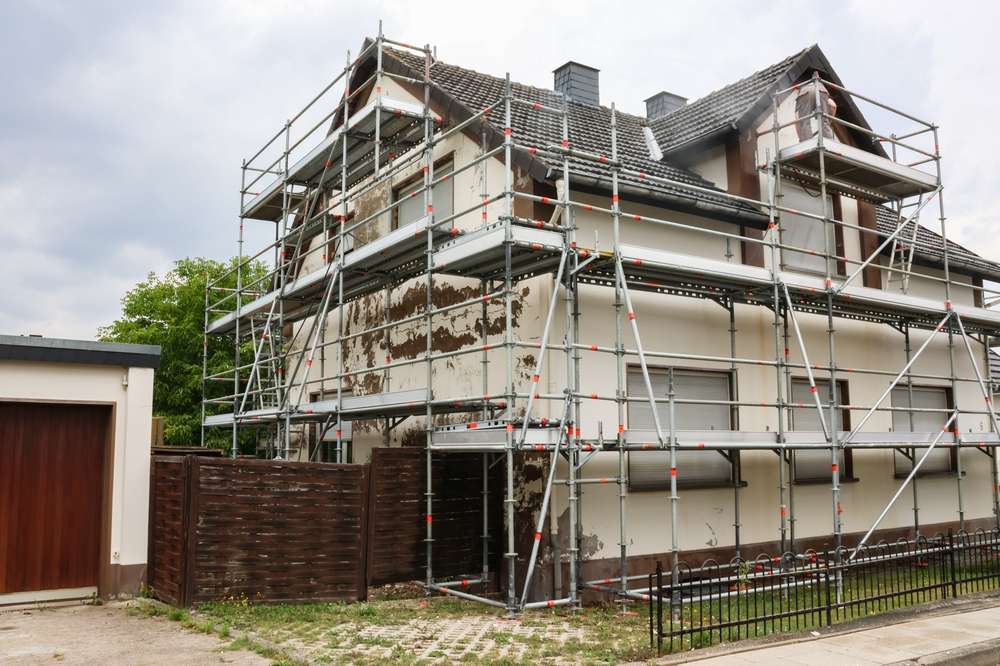Understanding home insurance: coverage for house and property
Home insurance is a contract that helps protect your house, building, and belongings from certain risks such as fire, theft, or vandalism. Policies vary widely, so understanding common terms—like dwelling coverage, personal property limits, liability protection, and deductibles—helps you choose appropriate protection for your property and financial situation. This article explains typical coverages, common exclusions, and practical steps to evaluate and maintain a policy for homeowners worldwide.

What does house insurance cover?
House insurance generally covers the physical structure of your house and attached structures. Dwelling coverage (sometimes called “building” or “structure” coverage) pays to repair or rebuild after covered perils such as fire or wind damage. Most policies also include separate limits for detached structures like garages or sheds, and coverage for landscaping or permanent fixtures may be limited. Coverage amounts are typically based on replacement cost or actual cash value; replacement cost covers rebuilding at current prices, while actual cash value factors in depreciation. Check policy definitions to know which perils are included and which are excluded.
How does home insurance work?
A home insurance policy pays for covered losses after you satisfy your deductible. If a covered event damages your home, you file a claim and your insurer inspects the loss, determines coverage, and issues payment up to the policy limits. Liability coverage helps pay medical or legal costs if someone is injured on your property. Many policies offer additional living expenses (ALE) to cover temporary housing if your home is uninhabitable. Premiums are influenced by location, construction materials, age of the home, security features, and claims history, so periodic review of your policy helps ensure adequate protection.
Types of insurance policies and add-ons
Standard homeowner policies (commonly labeled HO-1 through HO-8 in some systems) differ by how broadly they cover perils and what they exclude. Broad and comprehensive forms cover more named perils or open perils, while others are limited to specific events. Key add-ons or endorsements can fill gaps: flood insurance, earthquake coverage, sewer backup endorsements, and scheduled personal property for high-value items. Renters and condo owners use different policy forms focused on personal property and liability rather than dwelling coverage. Read endorsements carefully to understand limits, sublimits, and any required appraisals for valuables.
How to protect property value
Maintaining your property helps prevent losses and can influence insurance costs. Regular upkeep—roof inspection, proper drainage, functioning smoke detectors, and timely repairs—reduces the risk of damage from common causes. Keep an up-to-date inventory of personal items with photos or receipts to speed claims processing and support valuation. Consider inflation guards or automatic limit adjustments in your policy to account for rising construction costs. Review your policy limit after major renovations or additions to ensure the dwelling coverage reflects the current cost to rebuild.
Building coverage and finding local services
Building coverage addresses the structural elements and may include foundations, walls, and permanent fixtures. When selecting or updating a policy, compare coverage for structural repairs, building code upgrades, and debris removal. To evaluate repair quotes and contractors, look for licensed local services and ask for multiple estimates. Insurance companies may have preferred vendors, but you can choose your own contractor if you prefer. Keep documentation of contractor certifications and permits; insurers commonly require proof for larger rebuilds and code compliance.
Conclusion
Understanding home insurance means knowing what your policy covers, what it excludes, and how limits and deductibles affect payouts. Focus on dwelling and personal property limits, liability protection, and endorsements for risks not included in standard policies—such as flood or earthquake. Regularly update coverage after renovations, keep an organized inventory of possessions, and maintain your property to lower risk. When comparing options, review policy language and local repair practices rather than relying solely on price; clarity about coverage details provides better long-term protection for your house, home, building, and property.






